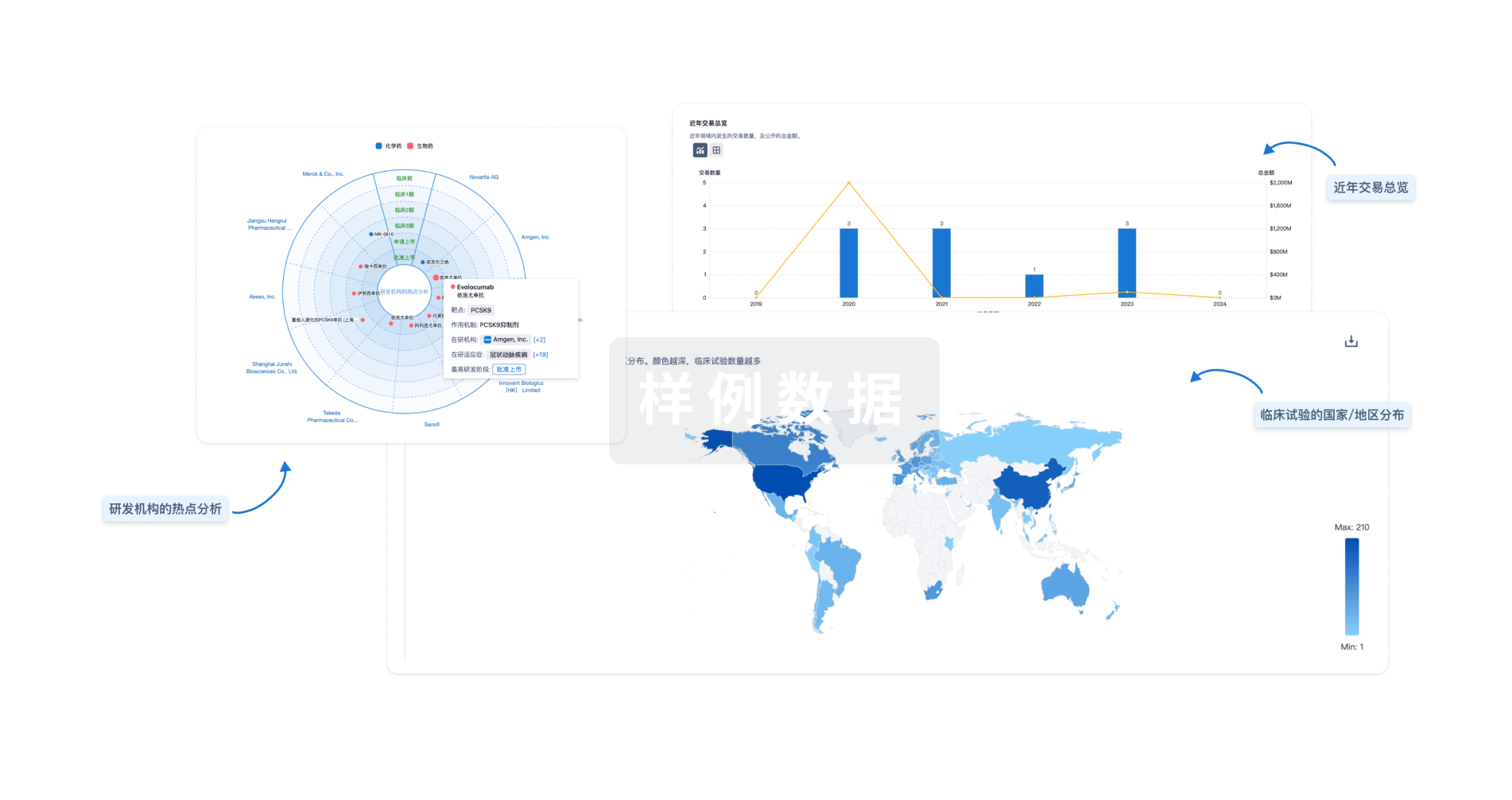预约演示
更新于:2025-05-07
FCGR1BP
更新于:2025-05-07
基本信息
别名 CD64b、Fc gamma receptor IB pseudogene、Fc gamma receptor Ib, pseudogene + [9] |
简介 May bind to the Fc region of immunoglobulins gamma with a low affinity compared to FCGR1A. May function in the humoral immune response. |
关联
100 项与 FCGR1BP 相关的临床结果
登录后查看更多信息
100 项与 FCGR1BP 相关的转化医学
登录后查看更多信息
0 项与 FCGR1BP 相关的专利(医药)
登录后查看更多信息
42
项与 FCGR1BP 相关的文献(医药)2024-11-01·Science of The Total Environment
MPs and PFOS single and combined exposure significantly alter genetic expressions of growth hormone and insulin growth factor-related biomarkers during zebrafish embryonic development
Article
作者: Junaid, Muhammad ; Xie, Shaolin ; Tang, Huijuan ; Shu, Qingsong ; Zheng, Ran ; Zou, Jixing ; Zhou, Aiguo
2024-06-01·Herz
Novel biomarkers identified by weighted gene co-expression network analysis for atherosclerosis
Article
作者: Xu, Jialin ; Huang, Kaijian ; Lu, Qi ; Chen, Chu ; Ni, Jiajun
2023-12-01·Tuberculosis
Type I interferons and Mycobacterium tuberculosis whole cell lysate induce distinct transcriptional responses in M. tuberculosis infection
Article
作者: Mutua, Florence ; Ball, T Blake ; Kiazyk, Sandra ; Lopez, Carmen ; Su, Ruey-Chyi ; Mesa, Christine
分析
对领域进行一次全面的分析。
登录
或

生物医药百科问答
全新生物医药AI Agent 覆盖科研全链路,让突破性发现快人一步
立即开始免费试用!
智慧芽新药情报库是智慧芽专为生命科学人士构建的基于AI的创新药情报平台,助您全方位提升您的研发与决策效率。
立即开始数据试用!
智慧芽新药库数据也通过智慧芽数据服务平台,以API或者数据包形式对外开放,助您更加充分利用智慧芽新药情报信息。
生物序列数据库
生物药研发创新
免费使用
化学结构数据库
小分子化药研发创新
免费使用